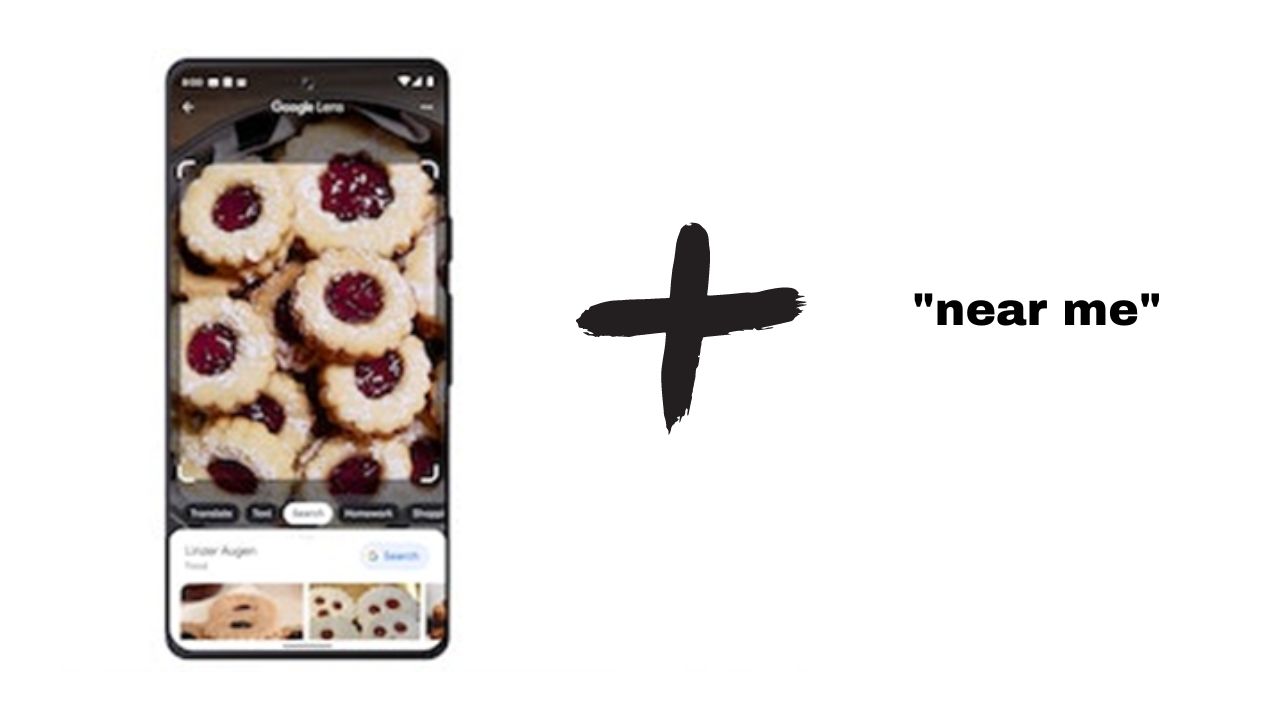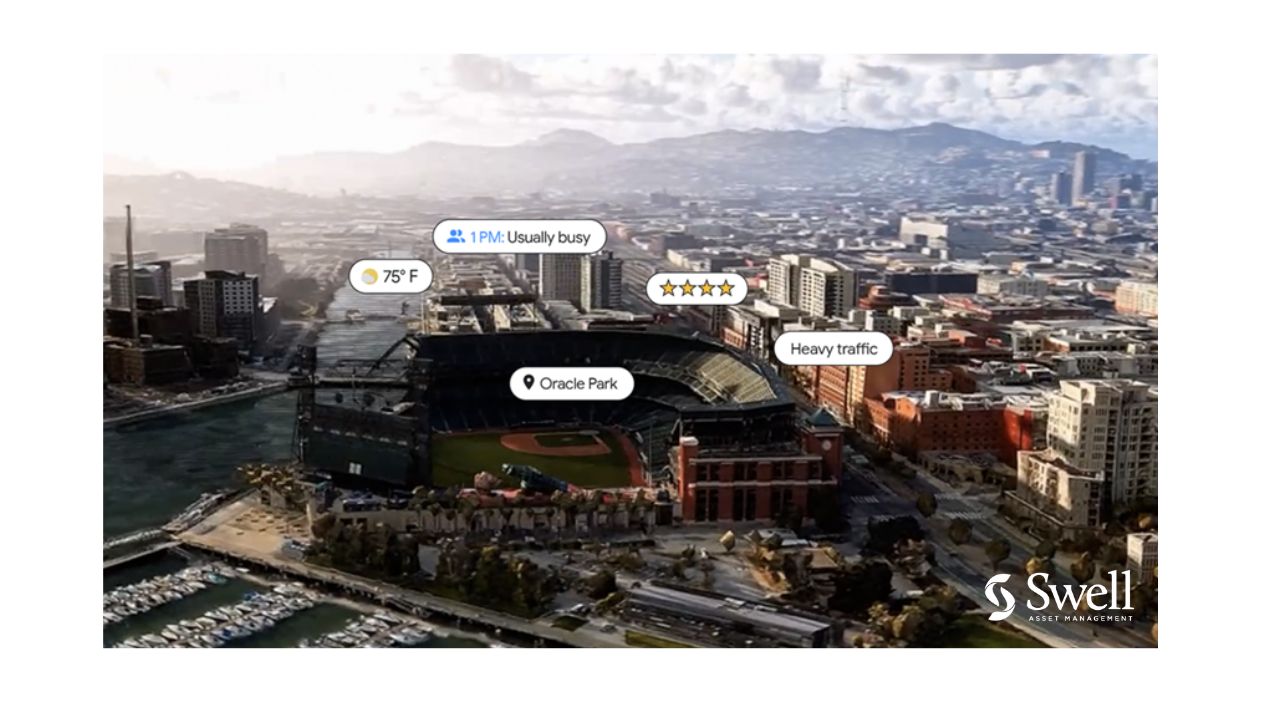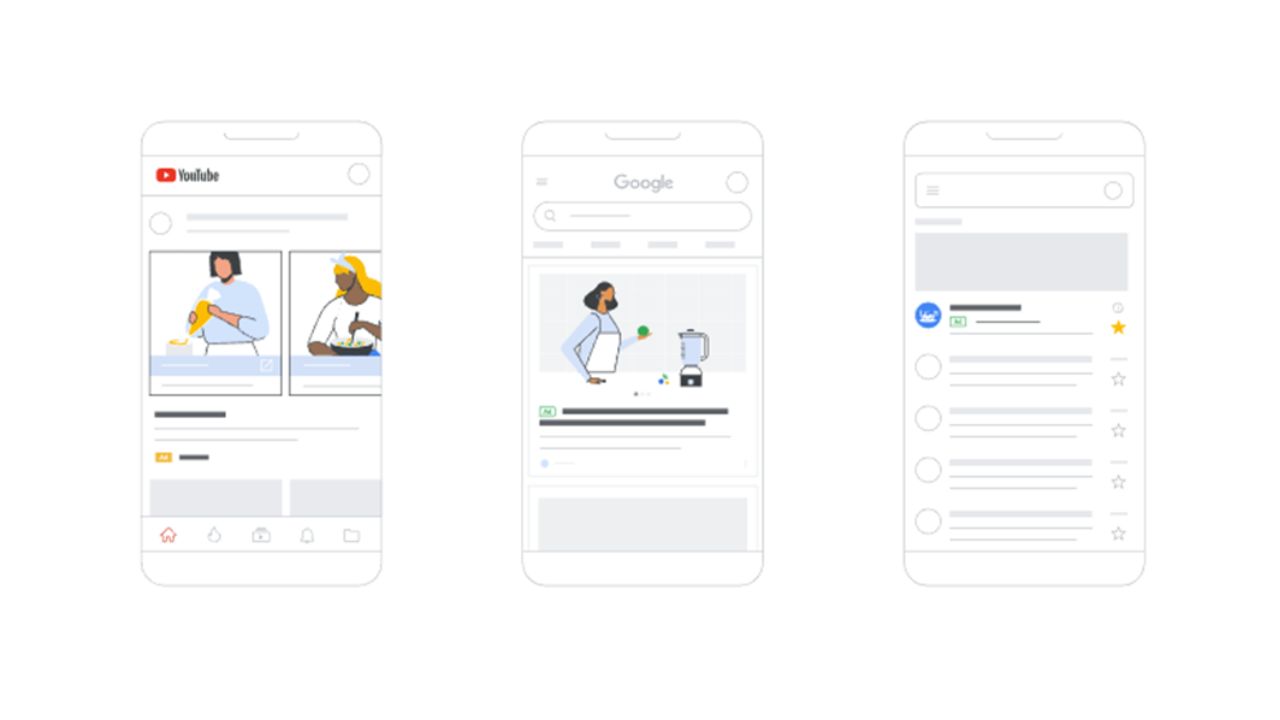Alphabet’s investments in AI
Thursday 24 November 2022
Portfolio insights

Marvin Minsky, the American computer scientist, noted in the 60s; “within a generation … the problem of creating ‘artificial intelligence’ will substantially be solved”. So, it is with great trepidation I write this note. Fortunately, Alphabet (nee Google) has been tinkering in AI since 2012, so I feel somewhat protected from overreach on my predictions.
I doubt Minsky was contemplating a more immersive maps experience when dreaming about the future of AI in the 60s. However, here we are. As an investor, I’ll take the new look maps and image-based search over a ‘sentient being’ every day of the week. Throw in sophisticated ad placement capability and you have something that may even pique the interest of Luddites.
The beauty of Alphabet’s technology is that you don’t even know you’re using AI. Whether searching for a new restaurant using an image of your favourite food or using Google translate, its all powered by AI. If you are interested in hearing more, check out Google AI. But if you’re like me, you can leave “Sublinear Time Oracles for Hierarchical Clustering” to the boffins at Google.
In this article I explore three examples of AI driving incremental improvements in Google’s service:
- Visual search
- Immersive view in Google Maps
- Ad placement by Performance Max
Visual Search
For over two decades, Alphabet has dedicated itself to its mission: to organise the world’s information and make it universally accessible and useful. The journey began with text search, but over time, it has developed more natural and intuitive ways to find information. The latest iteration is Google Lens. It replaces the text search box with an image-based search. Add Google’s multisearch feature and you can snap a photo of your favourite food, add the text ‘near me’ and Google will show you restaurants nearby selling that dish. The age of visual search is here and the camera is the new keyboard.

But it’s not just handy for finding restaurants. Shoppers can use Lens to picture a product and list shops nearby where you can buy it right now. Lens has utility for advertisers and consumers alike and is a key pillar in the future of search. Sellers can list their inventory for free including store hours, directions, phone numbers, adding product price and availability. The customer has the certainty of knowing the product is in stock. Google Lens is already answering 8 billion queries every month and is set to significantly exceed these levels.

Immersive View
17 years ago, Google Maps completely redefined what a map can be. Today it connects more than 1 billion people every month. Thanks to AI, maps are still being reimagined. ‘Immersive View’ is a new way for users to explore the world, letting them see multi-dimensional views of an area. Immersive View displays critical information like weather, traffic and busyness, as shown below.

This is just one example of how AI helps to increase engagement by creating new experiences previously thought unimaginable. As Alphabet investors, we are reassured by the knowledge these technologies required tens of billions of dollars of investment, and the competition is a long way behind. If you have an interest in exploring more, check out the recap of Google Search on 22.
AI for Advertisers
Ad placement is the perfect job for AI. It can process the substantial amount of data generated by YouTube, Display, Search, Discover, Gmail and Maps. At Adweek recently, Alphabet announced product feeds are coming to Discovery. Its the feed appearing on the home page of Google’s IOS and Android App. Advertisers can use Discovery campaigns to reach up to 3 billion customers across Google feeds to achieve performance goals in Google ads. Google’s unique understanding of customer intent means advertisers can deliver more meaningful ads to people when they’re most interested.
Google recently released Performance Max. It is the first iteration of its new goal-based campaigns that allow advertisers to access all their Google Ads inventory from a single campaign. Performance Max creates ads from images, videos, headlines, descriptions and logos. The content is automatically mixed and matched to find the top performing combinations based on which Google Ads channel the ad is appearing on.
It’s like acquiring your very own advertising executive to optimise campaigns and automate targeting. Performance Max helps advertisers drive performance based on specific conversion goals. Smart Bidding delivers more conversions and value by optimising performance in real-time and across channels.

It is obvious this innovation is a giant leap forward for advertisers. More importantly, these investments are a significant factor contributing to our conviction in the continued growth opportunities for the world’s largest digital publishers. Combine this capability with the tens of billions spent on AI and you have a winning formula for growing revenue over time.
Future value
Today Alphabet trades on an EV/EBITDA multiple of 8x FY24 or 10x FY22. It is well below its 5-year historical EV/EBITDA multiple of 18x. The company holds $116 billion in cash and marketable securities, a strong innovation pipeline and secular growth amplified by the growth in ecommerce. Consequently, we remain very excited about the years ahead, despite the macro clouds on the horizon.



